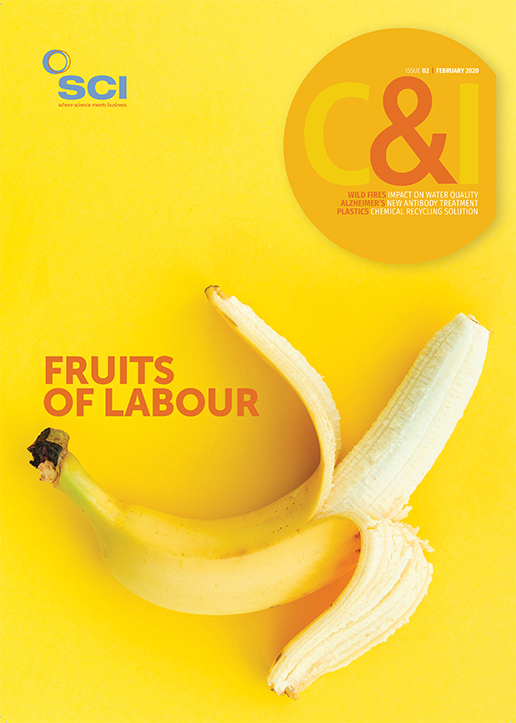Kenya has become the latest Eastern African country to be invaded by the desert locust (Schistocerca gregaria), one of the most dangerous migratory pest species that has been ravaging Ethiopia and Somalia.
The invasion by the locust, a swarming short-horned grasshopper in the family Acrididae, has not only raised the risk of food shortages and economic harm in Kenya but also increased demand for pesticides in a country reported to have imported 17,803t of crop protection products in 2018.
Kenya’s Agriculture Minister Peter Munya said in mid-January, the desert locusts made their way into Kenya in late December 2019 and by first half of January 2020 at least eight counties, many of them in arid and semi-arid lands in the northeast of the country, where the condition of vegetation had improved because of good rains in recent months.
Nearly 200,000 acres of land were affected by mid-January although no official data exists on acreage. A swarm of 40m locusts is estimated to consume in one day food sufficient to feed 35,000 people, according to UN Food and Agriculture Organization (FAO) which recently announced allocation of $70m for locust control in Kenya, Ethiopia and Somalia.
At least three more counties in Kenya had reported the locust invasion by end of January with increasing fears that – despite the early warnings – neighbouring South Sudan and Uganda could be the next countries to be invaded.
However, controlling the desert locust in Kenya has raised concerns about the safety of pesticides used and what appears to be their slow impact on the insects.
‘The biggest challenge has been getting effective chemicals to kill the locusts,’ said Munya in mid-January.
‘The first pesticides were not effective but we have procured 6000L of chemicals that will be delivered today,’ he added without specifying the pesticides initially used. He said by mid-January 4700L of the pesticides had been distributed and an additional 20,000L had been requisitioned for distribution.
Kenya has deployed spray aircraft, vehicle-mounted sprayers and stepped up supply of motorised knapsack sprayers, handheld ultra-low volume (ULV) sprayers and also personal protective equipment to facilitate the pesticide control campaign.
The Pest Control Products Board (PCPB), which regulates registration of pesticides in Kenya, has approved for the control of locusts the use of Dimilin OF-6 (diflubenzuron 60g/l), Dursban 4EC (chloropyrifos 480g/l) and Ripcord (cypermethrin 50g/l) marketed by Arysta, Lachlan Kenya and BASF, respectively.
More pesticides have been recommended by Pesticide Referee Group (PRG), an independent body of experts advising FAO on the efficacy and environmental impact of different locust control pesticides.
The PRG recommended list includes bendiocarb, chlorpyrifos, deltamethrin, diflubenzuron, fenitrothion, fipronil,
lambda-cyhalothrin, malathion, teflubenzuron, triflumuron and metarhizium anisopliae (IMI 330189). Some of the products may not have been approved for use by the PBCP but could be relied on in affected neighbouring countries of Ethiopia and Somalia.
Meanwhile, Minister Munya assured Kenyans in mid-January: ‘The government is in control of the situation as most of the swarms have been controlled and the remaining five swarms are being monitored very closely’.




